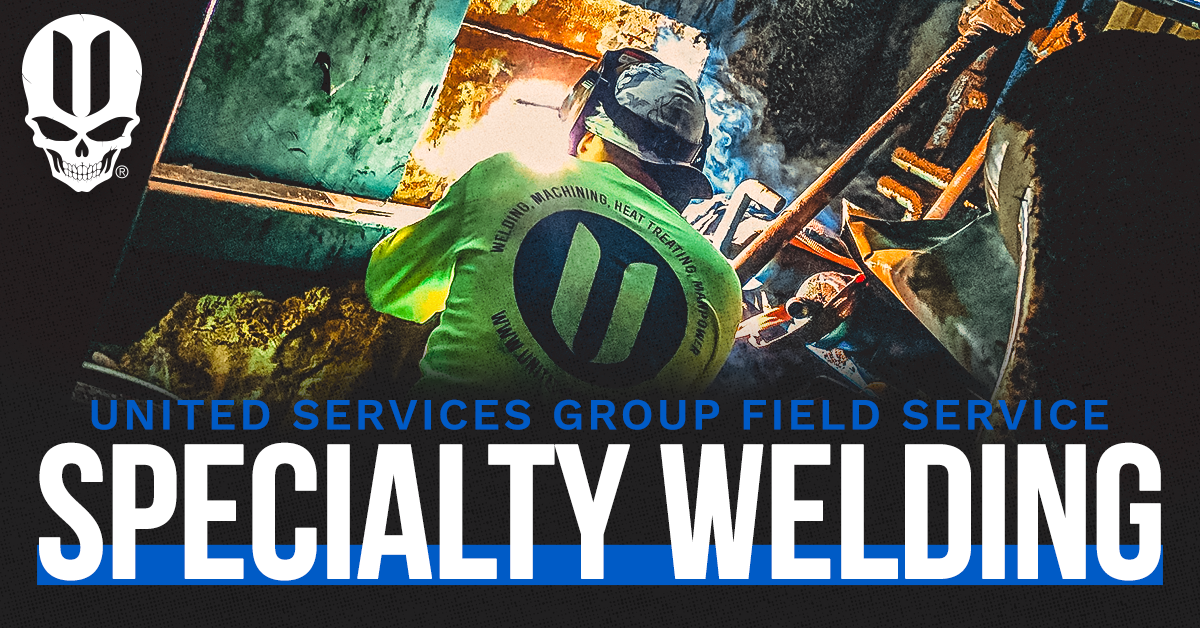Expert Welding Inspection Service for Structural Integrity
Wiki Article
Unlocking the Secret Kinds of Welding Solutions for Your Projects
In today's landscape of varied welding solutions, understanding the nuances and applications of numerous welding methods is critical for effective job execution - Welding Inspection Service. By unraveling the crucial kinds of welding services offered, one can browse the complexities of selecting the most appropriate method to make sure precision, performance, and top quality in welding tasks.Common Welding Strategies
A number of frequently utilized welding strategies play crucial duties in various industrial fields. One of the most widely made use of methods is Gas Steel Arc Welding (GMAW), likewise understood as MIG welding.One more popular welding technique is Gas Tungsten Arc Welding (GTAW), commonly described as TIG welding. TIG welding makes use of a non-consumable tungsten electrode to develop the weld and requires a different filler product. This method is favored for its capacity, control, and accuracy to create high-grade welds on thin products.
Protected Metal Arc Welding (SMAW), or stick welding, is another crucial method where a flux-coated electrode is utilized to develop the weld. SMAW is understood for its simplicity, adaptability, and suitability for outside and on-site welding applications. These typical welding methods are essential for making structures, machinery, and numerous tools throughout industries.
Advanced Welding Procedures
Advanced welding processes include advanced strategies that press the boundaries of traditional welding methodologies in terms of convenience, precision, and effectiveness. One such process is laser light beam welding, which utilizes a focused beam to join metals with minimal heat-affected areas, making it ideal for high-precision or fragile jobs. Furthermore, electron beam welding utilizes a high-velocity electron light beam to create deep welds in thick products, supplying phenomenal stamina and high quality.Additionally, rubbing mix welding is a solid-state joining process that utilizes a revolving tool to develop frictional warmth, bonding products without thawing them. This approach is specifically helpful for signing up with lightweight alloys with remarkable mechanical homes. An additional innovative technique is ultrasonic welding, where high-frequency ultrasonic resonances are made use of to create solid-state welds in plastics, steels, and other products, offering tidy and fast signing up with solutions.
These progressed welding processes satisfy a diverse series of commercial demands, providing efficient, top quality, and precise options for various jobs, from aerospace parts to vehicle components and past.
Specialized Welding Applications

Automated Welding Solutions
In modern-day industrial settings, the implementation of automated welding remedies has actually revolutionized manufacturing processes by enhancing efficiency and precision. Automated welding systems utilize innovative technologies such as robotics, computer mathematical control (CNC), and synthetic knowledge to execute welding jobs with marginal human intervention (Welding Inspection Service). These systems use many advantages, including increased productivity, boosted weld top quality, and decreased production expensesOne secret advantage of automated welding remedies is their ability to consistently produce top quality welds, bring about enhanced total item high quality. Additionally, these systems can operate continuously, 24/7, without the need for breaks, resulting in greater outcome degrees and faster project conclusion times. By making use of automated welding solutions, firms can also mitigate the threats connected with human mistake, ensuring higher accuracy and repeatability in the welding process.
Additionally, automated welding solutions are very flexible and versatile to various welding applications, from intricate elements to large-scale frameworks. Whether in auto manufacturing, aerospace sectors, or construction jobs, the assimilation of automated welding systems supplies an one-upmanship by enhancing procedures and supplying remarkable welding outcomes.
Ingenious Welding Technologies
The evolution of automated welding remedies has actually paved the way for the assimilation and improvement of cutting-edge welding technologies in modern commercial applications. One such advanced innovation is laser beam of light welding, which utilizes an extremely focused light beam of light to join metal parts with accuracy and effectiveness. This approach is particularly helpful for tasks requiring intricate welds on products with high melting factors or for applications where very little heat-affected zones are important.Another cutting-edge welding technology acquiring appeal is friction stir welding (FSW), a solid-state signing up with procedure that creates high-strength web link bonds by creating frictional heat in between 2 items of metal. FSW is commonly made use of in industries such as aerospace and automobile for its ability to produce welds with superior mechanical buildings and boosted architectural stability.
In addition, electron light beam welding (EBW) is a sophisticated strategy that makes use of a light beam of high-velocity electrons to create accurate, deep welds in metal parts. This technology is favored for its ability to bond dissimilar metals and products with differing thicknesses successfully. As industries remain to demand higher top quality and efficiency in welding processes, these cutting-edge innovations are poised to play a significant role fit the future of commercial welding applications.

Conclusion
In conclusion, understanding the vital sorts of welding solutions is vital for effectively completing a range of projects. From common welding strategies to advanced procedures, specialized applications, automated services, and innovative technologies, each technique uses distinct benefits and applications. By acquainting on your own with these different welding options, you can choose the most appropriate strategy for your particular task needs and achieve top quality results.In today's landscape check this site out of diverse welding solutions, comprehending the nuances and applications of various welding strategies is vital for successful task implementation. By deciphering the vital kinds of welding services readily available, one can browse the complexities of picking the most suitable strategy to guarantee accuracy, effectiveness, and high quality in welding projects. As we get started on this exploration of welding solutions, a deeper understanding into the globe of welding awaits, appealing insights that can raise the end results of your jobs.

Report this wiki page